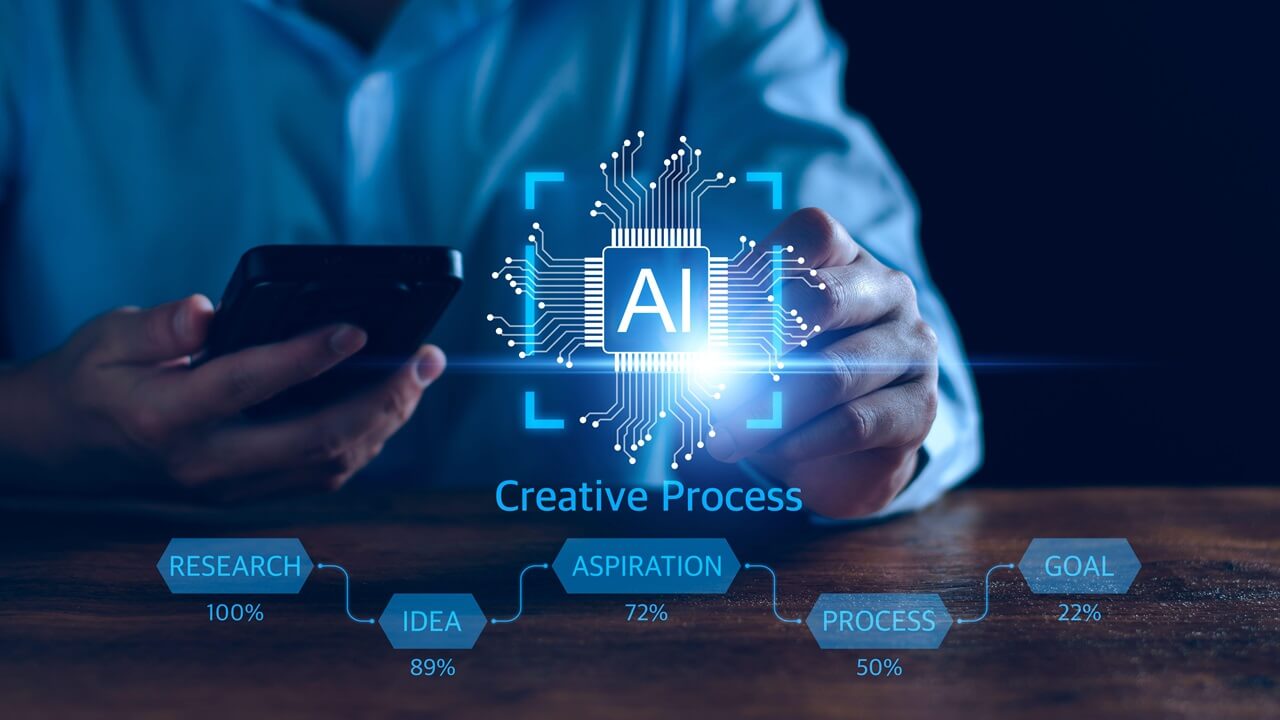
WWW.INFORMATIONWEEK.COM
The Essential Tools Every AI Developer Needs
John Edwards, Technology Journalist & AuthorNovember 1, 20245 Min ReadAkarapong Chairean via Alamy Stock PhotoAI development, like the technology itself, is still in its early stages. This means that many development tools are also emerging and advancing.Over the past several months, we've seen the rise of a new technology stack when it comes to AI application development, as the focus shifts from building machine learning models to building AI solutions, says Maryam Ashoori, director of product management for watsonx.ai at IBM, in an email interview. "To navigate exponential leaps in AI, developers must translate groundbreaking AI research into real-world applications that benefit everyone."Essential ToolsCurrent AI tools provide a comprehensive ecosystem supporting every stage of the AI development process, says Savinay Berry, CTO and head of strategy and technology at cloud communications services provider Vonage, in an online discussion. A wide array of tools helps developers create and test code, manage large datasets, and build, train and deploy models, allowing users to work efficiently and effectively, he notes. "They also facilitate the interpretation of complex data, ensure scalability through cloud platforms, and offer robust management of data pipelines and experiments, which are crucial for the continuous improvement and success of AI projects."Related:Within the current AI landscape, there are a variety of essential development tools, Ashoori states, including integrated development environments (IDEs) for efficient coding, version control tools for collaboration, data management offerings for quality input, cloud platforms for scalability and access to GPUs, and collaboration tools for team synergy. "Each is critical for streamlined, scalable AI development," she says.Every AI developer should have a minimum set of tools that cover various aspects of development, advises Utkarsh Contractor, vice president of AI at generative AI solutions firm Aisera and a generative AI senior research fellow at Stanford University. "These include an IDE such as VS Code or Jupyter Notebook, a version control system like GitHub, and open-source frameworks like PyTorch and TensorFlow for building models." He believes that data manipulation and visualization tools, like Pandas, Matplotlib, and Apache Spark, are essential, along with monitoring tools, such as Grafana. Contractor adds that access to compute resources and GPUs, either locally or in the cloud, are also critical for quality AI development.GitHub Copilot, an AI-assisted programming tool, isn't essential but can enhance productivity, Contractor says. "Similarly, MLflow excels in tracking experiments and sharing models, while tools like Labelbox simplify dataset labeling." Both are valuable additions, but not required, he observes.Related:When it comes to cloud services, Berry notes that tools such as AWS SageMaker, Google Cloud AI Platform, Google Colab, Google Playground, and Azure Machine Learning offer fully managed environments for building, training, and deploying machine learning models. "These platforms provide a range of automated tools like AutoML, which can help developers quickly create and tune models without deep expertise in every aspect of machine learning," he says. "They are particularly valuable for developers who want to focus more on model development and less on infrastructure management." Berry adds that these tools add value by streamlining processes, enhancing collaboration, and improving the overall user experience, even if they aren't strictly required for all AI projects.When it comes to scaling AI development at the enterprise level, organizations should look beyond disparate development tools to broader platforms that support the rapid adoption of specific AI use-cases from data through deployment, Ashoori advises. "These platforms can provide an intuitive and collaborative development experience, automation capabilities, and pre-built patterns that support developer frameworks and integrations with the broader IT stack."Related:Fading AwayAs AI evolves and new tools arrive, several older offerings are falling out of favor. "Some libraries, such as NLTK and CoreNLP for natural language processing, are losing relevance and becoming obsolete due to innovations like generative AI and transformer models," Contractor says."Once the go-to for data analysis, Pandas and NumPy, two popular Python libraries for data analysis and scientific computing, are losing adherents," observes Yaroslav Kologryvov, co-founder of AI-powered business automation platform PLATMA via email. "Theano, replaced by TensorFlow and PyTorch, has suffered a similar fate."As AI development continues to advance rapidly, staying updated with the latest tools and frameworks is crucial for maintaining a competitive edge, Berry says. "While some older tools may still serve specific purposes, the shift toward more powerful, efficient solutions is clear," he states. "Embracing innovations ensures that AI developers can tackle increasingly complex challenges with agility and precision."Adaptability and StreamliningIn the rapidly evolving AI universe, developers must maintain a high degree of adaptability, continuously reassessing and optimizing their toolsets, Contractor says. "As innovation accelerates, tools that are essential today may quickly become outdated, necessitating the adoption of new cutting-edge technologies and methodologies to enhance workflows and maximize project efficiency and effectiveness."To simplify and streamline the AI development experience, organizations should seek platforms that provide developers with optionality, customization and configurability at every layer of the AI stack, Ashoori concludes.About the AuthorJohn EdwardsTechnology Journalist & AuthorJohn Edwards is a veteran business technology journalist. His work has appeared in The New York Times, The Washington Post, and numerous business and technology publications, including Computerworld, CFO Magazine, IBM Data Management Magazine, RFID Journal, and Electronic Design. He has also written columns for The Economist's Business Intelligence Unit and PricewaterhouseCoopers' Communications Direct. John has authored several books on business technology topics. His work began appearing online as early as 1983. Throughout the 1980s and 90s, he wrote daily news and feature articles for both the CompuServe and Prodigy online services. His "Behind the Screens" commentaries made him the world's first known professional blogger.See more from John EdwardsNever Miss a Beat: Get a snapshot of the issues affecting the IT industry straight to your inbox.SIGN-UPYou May Also LikeWebinarsMore WebinarsReportsMore Reports
0 Comentários
0 Compartilhamentos
75 Visualizações


